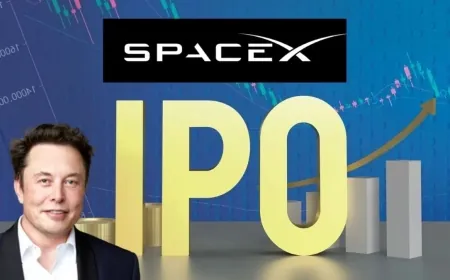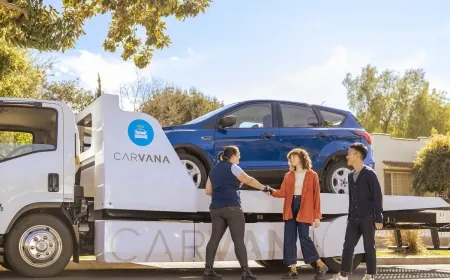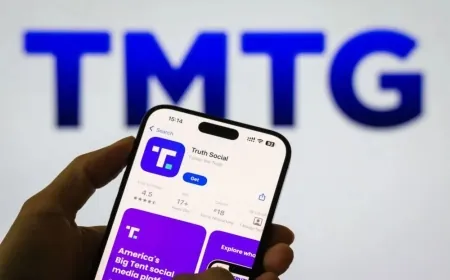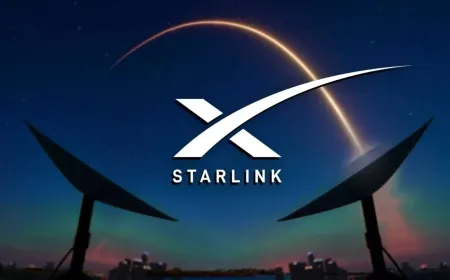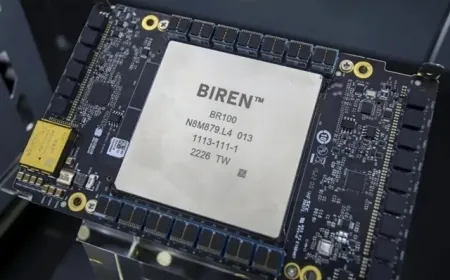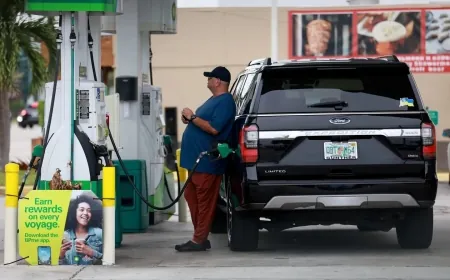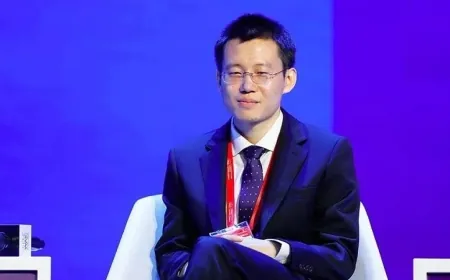Nissan Rolls Out All-New Leaf Crossover to Reclaim Ground in EV Market
The 2025 Nissan Leaf is finally here—redesigned as a crossover with a 75kWh battery and serious range. But launching in the U.S. without hybrid options and under import tariffs?
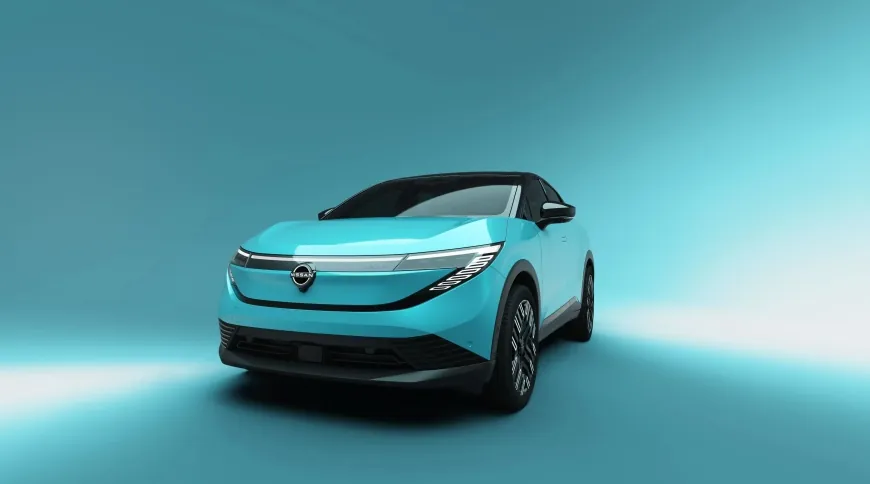
YOKOHAMA, Japan — Nissan Motor Co. has officially launched its third-generation Leaf, pivoting sharply from its earlier hatchback design to a more market-responsive electric crossover. The automaker, once a pioneer in the electric vehicle (EV) segment, is banking on the redesigned Leaf to re-establish its footing amid aggressive competition and a transformed global auto market.
Set to arrive in U.S. showrooms this fall, the new Leaf comes equipped with a 75 kWh battery and offers an estimated driving range of up to 303 miles—an increase of 25% over the outgoing model. While pricing details remain under wraps, company officials say the vehicle will be competitively positioned despite import tariffs.
“Even with tariffs, we are confident the new Leaf will offer strong value in its class,” a Nissan spokesperson said during the unveiling.
Manufactured at Nissan’s Tochigi plant in Japan and the Sunderland facility in the UK, the updated Leaf is a strategic effort to modernize the company’s EV offering while navigating major internal and external pressures. However, it enters the U.S. market at a time when consumer interest is shifting towards hybrid models—an area where Nissan still lacks a presence.
Mounting Challenges for a Legacy EV Brand
The timing of the launch has raised concerns among analysts, especially given recent U.S. policy changes and broader industry headwinds.
“This may be the most difficult moment to bring a pure EV to market, with tariffs increasing costs and hybrid demand surging,” said Koji Endo, auto analyst at SBI Securities.
The Leaf's transformation into a crossover is more than cosmetic. It’s a calculated move to align with current consumer trends, where SUVs and crossovers dominate sales. The interior has been reworked with improved digital interfaces and upgraded materials, signaling a focus on a more premium user experience.
Once the world's top-selling electric car, the original Leaf helped establish Nissan as a serious contender in the EV space. Nearly 700,000 units have been sold since its launch in 2010. But the momentum didn’t last. Tesla overtook the Leaf in global EV sales years ago, and Nissan has struggled to maintain its relevance, particularly in the U.S. where hybrid adoption outpaces EV growth.
Leadership Under Pressure
Under the leadership of Chief Product Officer Ivan Espinosa, Nissan is undergoing a major transformation. As part of a broader restructuring plan, the company is set to close seven manufacturing facilities and cut around 11,000 jobs. These measures are expected to reduce the company’s global workforce by 20,000 positions—an aggressive move aimed at stabilizing the business after a reported net loss of ¥596 billion (approximately $4.1 billion) in the last fiscal year.
Nissan also faces a looming ¥596 billion in debt due in 2026, making the success of the new Leaf critical to the company’s immediate financial strategy.
While the Tochigi and Sunderland plants remain secure in the company’s manufacturing footprint, the Oppama plant—home to the original Leaf’s production—could be among the closures.
Strategic Gamble or Revival Catalyst?
Nissan’s decision to double down on the Leaf rather than shift quickly into hybrids or plug-in hybrids may be a high-risk play. But with increased range, modernized design, and a renewed push in core markets, the automaker hopes to recapture a share of the EV spotlight it once dominated.
Whether the new Leaf can meet the rising expectations of U.S. and global consumers—and fend off growing competition—will determine more than just its own sales. It could define the next chapter of Nissan’s place in the electric vehicle era.
Also Read: Nissan and Honda to Announce Decision on Potential Merger by Mid-February





